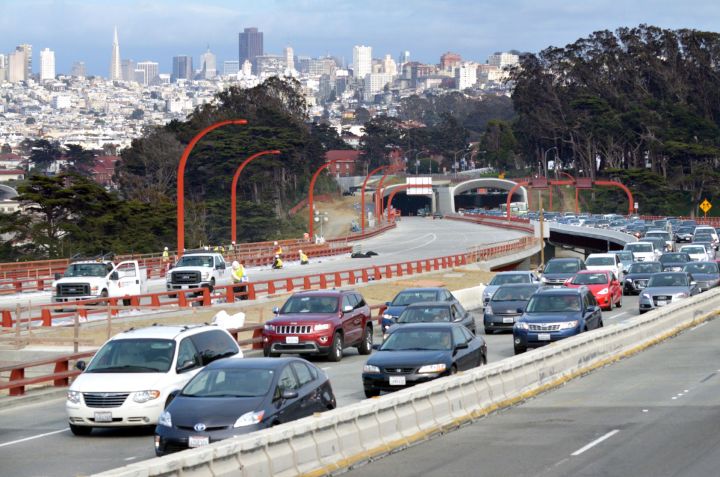
The concept behind Lyft Carpool wasn’t to use regular Lyft ride-hail drivers. Lyft intended to enlist people who were already commuting north or south on Route 101 anywhere between Palo Alto and San Francisco. Drivers would pick up people who did the same daily commute. Depending on the distance, the drivers could make anywhere from $4 to $10 per trip. As a bonus, with more people in the car, drivers could use Carpool or “High Occupancy Vehicle” (HOV) lanes to hopefully speed the trip.
A Lyft spokesperson told Forbes, “While we think a scheduled carpool feature is the right long-term strategy, it is too soon to scale to a meaningful level where supply matches demand. We learned a lot and will apply it to new and existing projects — like Lyft Line — as we drive our vision forward to solve pain points in commuting.”
When the Carpool project launched, Lyft’s Director of Transportation Policy, Emily Castor, said that the key to success would be matching drivers and riders. The company cited statistics showing that 75 percent of Americans drive to work alone.
San Francisco seemed like prime territory to launch Lyft Carpool. The Bay Area is a tech-centric region to begin, with so resistance wouldn’t be as high as other areas. San Francisco also has the second worst rated traffic in the United States (only Los Angeles is worse).
As it turned out, however, it looks like the matching program didn’t pan out as expected. Lyft Carpool is no more.
Editors' Recommendations
- We really didn’t expect these two new contraptions from LG
- LG’s fully wireless StanbyMe is the touchscreen TV you didn’t know you wanted
- Everything Apple didn’t announce at its Unleashed event
- The biggest games we didn’t see at E3 2021: Hellblade, Splinter Cell, and more
- People waited overnight at Best Buy for the RTX 3080 Ti and still didn’t get it



